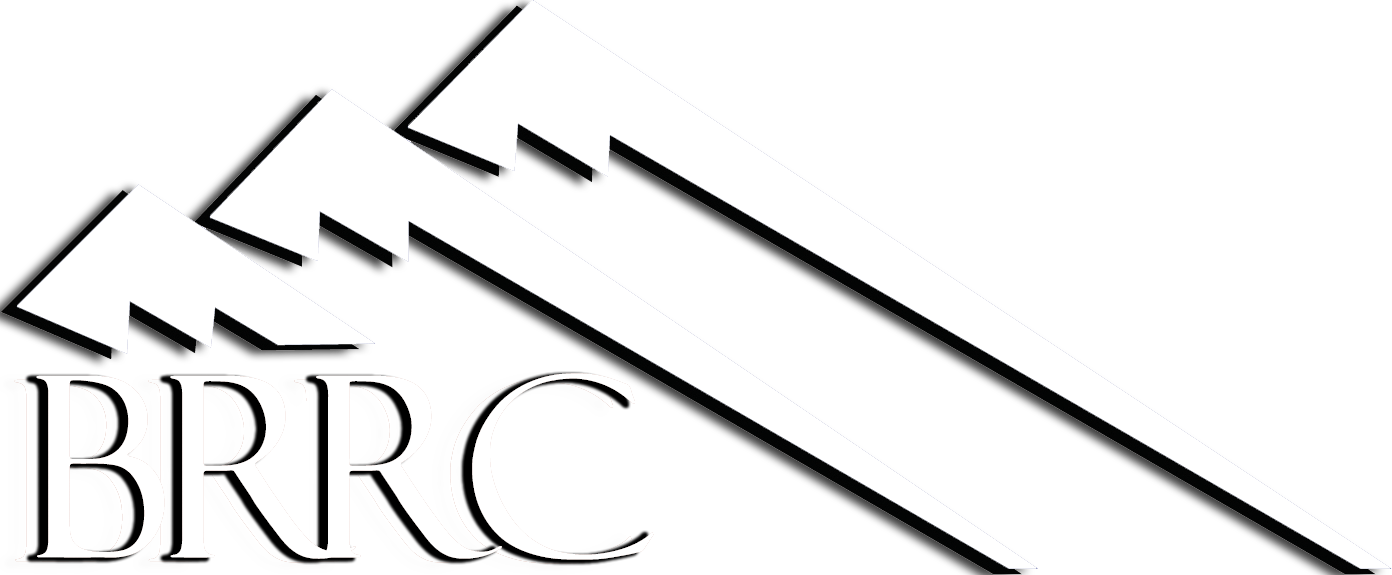
FAA Rocket Noise Measurements, Modeling/Validation, and Guidance
The Federal Aviation Administration (FAA) Office of Commercial Space Transportation (AST) funded BRRC to conduct rocket noise measurements, modeling, validation, and guidance to support their license review process. Under this effort, BRRC has designed, conducted, and documented the measurement of rocket propulsion noise data from six launches, one landing, and two static fire events. The data collected was used to validate the commercial space operations noise model, RUMBLE's ability to accurately predict the noise environment in communities surrounding airports and spaceports. BRRC's RUMBLE is a publicly available software tool designed to model commercial space launch, reentry, and static operations in space and time to compute far-field community noise exposure. In addition to rocket noise measurements and validation, BRRC provided FAA with NEPA related guidance and support. Based on best practices and industry feedback, BRRC developed standalone guidance with recommended commercial space noise modeling requirements, analysis, and impact criteria for NEPA documents. BRRC also provided recommendations for updates to the commercial space noise analysis guidance section of the FAA 1050.1F Desk Reference. Additionally, BRRC developed baseline Community Noise Equivalent Level (CNEL) noise contours for Vandenberg Space Force Base to enable more accurate estimations of cumulative impacts required for NEPA documents.

Commercial Space Noise and Sonic Boom Measurements
BRRC conducted a measurement campaign under ACRP Project 02-81 between November 2017 and April 2019 to collect acoustic, operational, and meteorological data during the launches of the Antares 230, Falcon 9, Delta IV Heavy, and Falcon Heavy vehicles. These events represented a range of mission and operation types, including cargo resupply missions to the International Space Station (OA-8E and CRS-15), a research mission (Parker Solar Probe), a communications satellite launch (Arabsat-6A), and first stage return-to-landing operations (Arabsat-6A). Additionally, the measured launch vehicles possess mass-to-orbit capabilities ranging from medium to super-heavy lift designations. In total, over the four measured events, more than 250 acoustic recordings were collected from 70 sites at distances between 0.2 km and 27 km from the launch and landing pads at two distinct spaceports. The acoustic recordings include propulsion noise measurements from all four launch events as well as sonic boom measurements from the return-to-landing operations. The combined acoustic, operational, and meteorological data were analyzed and compiled into a publicly accessible database with thorough supporting documentation. This well-documented, high-fidelity database will equip future researchers with the information necessary to validate current noise models, identify shortcomings, and improve model accuracy by way of better propulsion noise and sonic boom source characterizations.

NASA Wallops Flight Facility Site Wide Programmatic EIS
BRRC completed a noise study of various rocket systems at the NASA Wallops Flight Facility (WFF). This noise study examined four nominal launch vehicles representing the current baseline conditions, and potential operations, which include the largest orbital vehicles that would be launched from WFF. BRRC’s Launch Vehicle Acoustic Simulation Model (RUMBLE) was used to generate noise contours to assess the noise levels and exposures in the area surrounding WFF. Image Credit: NASA

Energy-Based Acoustic Measurement, System for Rocket Noise
BRRC, in partnership with Brigham Young University, has developed advanced acoustic measurement, analysis, and modeling techniques for launch load predictions. Multiple full-scale static test fires have been performed at ATK Space Systems Test Services in Promontory, UT. This collected data was used to evaluate the measurement system and compare the performance of multiple probe prototype designs, evaluate historical rocket noise prediction methods, and to guide the development of future launch noise prediction models. Image Credit: Alliant Techsystems

BRRC’s Rocket Noise Model - RUMBLE
BRRC’s Rocket Noise Simulation Model, RUMBLE, was selected for ACRP Project 02-66. RUMBLE provides an efficient noise prediction model that produces accurate output relevant to environmental analysis of commercial space operations and airport/space launch site facilities. The RUMBLE modeling methodology reflects the best available science and practices, and has been reviewed and accepted by FAA AEE for use in commercial space studies. The model’s input parameters and user interface were specifically designed to maintain a level of consistency with the AEDT modeling platform to ensure smooth future integration. The user manual and example cases highlight the model’s features and provide potential users with a better understanding of the model’s operation and capabilities.

Midland International Airport Launch Site Operator License EA
BRRC performed a rocket noise and sonic boom impact study for the Midland International Airport to aid in their application for a Launch Site Operator License. BRRC developed noise contours using BRRC’s Launch Vehicle Acoustic Simulation Model (RUMBLE) to evaluate the noise impact from proposed operations of the Lynx, XCOR’s commercial reusable launch vehicle. In addition to noise, BRRC modeled the potential sonic booms generated by the launch and recovery portions of the Lynx space bound trajectory. Potential impacts were evaluated regarding human annoyance, hearing conservation, and the potential for structural damage. Image Credit: XCOR Aerospace






